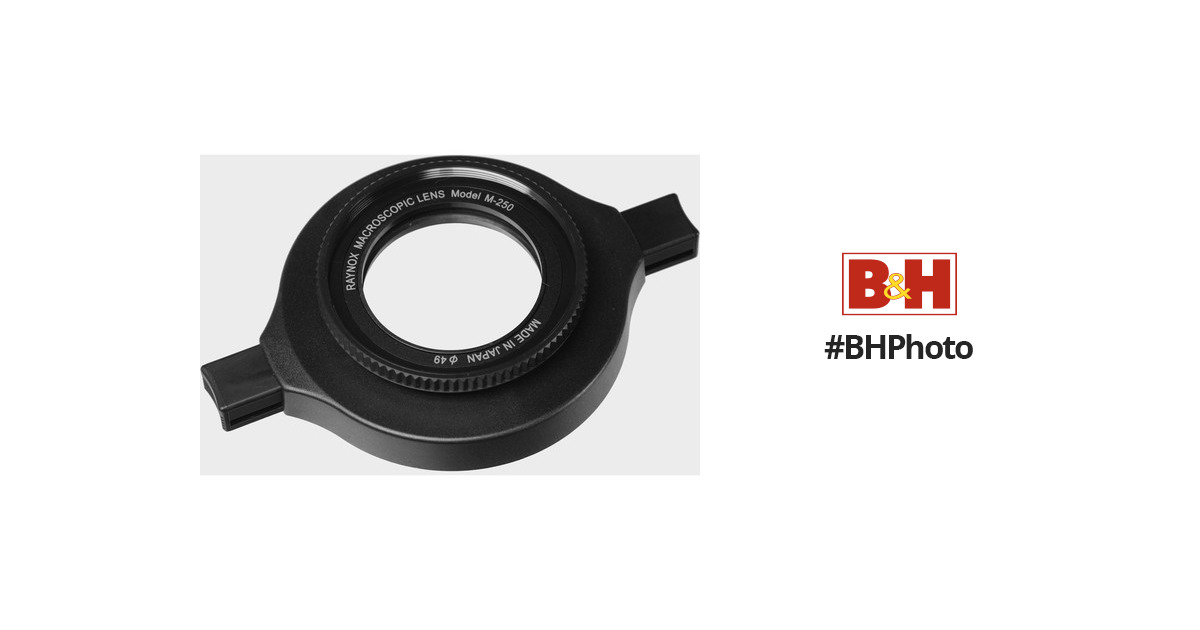Site Supporter
- Followers
- 4
- Following
- 0
- Joined
- Aug 29, 2020
- Posts
- 450
- Likes Received
- 775
I have been meaning to get some decent close ups of insects for while ,i plan on using either my A1 or maybe next month the a7r5 if i buy it,now the 200-600mm has terrible close up capability it is ok for distant then cropping ,is it worth getting extension tubes i would loose auto focus capabilities but then manual focus could be more desired anyway for close up work ,but then the 70-200mm has good close capabilities and i could get a x2 convertor ,basically the 200-600mm at close up ratios only gives you a fov of 400mm anyway due to focus shrinking, s and views.My samyang gives good close up ratios but only 135mm not really long enough in some instances,and views opinions ,or just get a dedicated macro?

